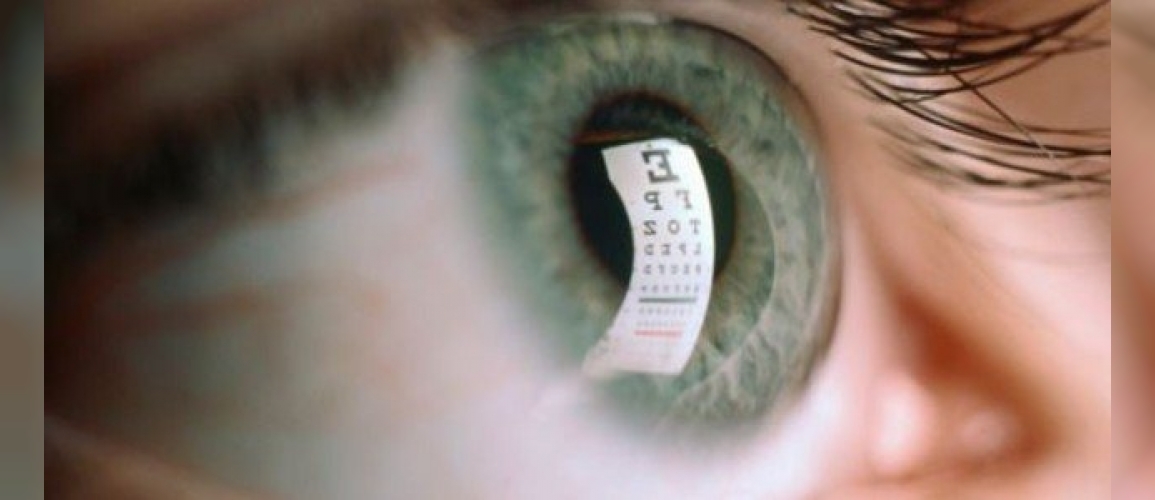Types of Refractive Defects
- When it comes to refractive errors, it is divided into 2 main groups as the inability to see far and near clearly.
- Refractive errors that blur at a distance are myopia, hyperopia and astigmatism.
- The inability to see clearly up close is called Presbyopia.
- EMETROPIA: Eyes that see well at a distance and have no refractive error are called EMETROPOP eyes. In emmetropes, the rays reaching the eye from a distant object are refracted in the refractive media of the eye and then focused at the point of full vision on the retina and a clear image is formed.
- MYOPIA: It is a condition in which the rays coming from a distant object to the eye cannot reach the visual center after being refracted in the eye due to the excessive length of the front and back of the eye or the excessive refractivity of the refractive media of the eye such as the cornea and / or lens, and therefore the clear image cannot be formed.
- HYPERMETROPIA: It is the opposite of myopia. It is a condition in which the rays coming from a distant object to the eye are focused behind the visual point after being refracted as a result of the anteroposterior length of the eye being short or the refractive media of the eye such as the cornea and / or lens being less refractive than normal and therefore a clear image cannot be formed.
- ASTIGMATISM : It is divided into three as myopia, hyperopia or mixed astigmatism. It is the inability to form a clear image by focusing the image in front (myopic astigmatism) or behind (hyperopic astigmatism) the center of vision and in different planes (mixed astigmatism) as a result of different refraction of the rays coming from distant objects to the eye when passing through these refractive media of the eye due to the fact that the surface of the cornea or lens, that is, the refractive media of the eye, is steeper on one axis and flatter or irregular on another axis.
- PRESBYOPIA: Seen over 40 years of age, it is a condition of nearsightedness. Near vision deteriorates earlier (between 40-45 years of age) in people with emmetropia, i.e. full vision. However, if the patient has myopia, the need for near spectacles occurs later because myopes see near more clearly than normal. Myopes are nearsighted and cannot see far but can see near clearly without glasses. Presbyopia is a normal aging process of the eye. Our near vision is normally a result of the weakening of the mechanism we call accommodation, which we can liken to zooming in cameras provided by the contraction of the intraocular muscles and shape changes in the intraocular lens. Presbyopia starts with +1.00 D in an emmetropic eye at the age of 40-45, progresses until the age of 60 and reaches +3.00 D.
- Refractive errors at distance, i.e. myopia, hyperopia and astigmatism, can be corrected with glasses or contact lenses. However, the definitive treatment of refractive errors is possible with surgical methods called excimer laser, which is still the most widely applied surgical method all over the world.



